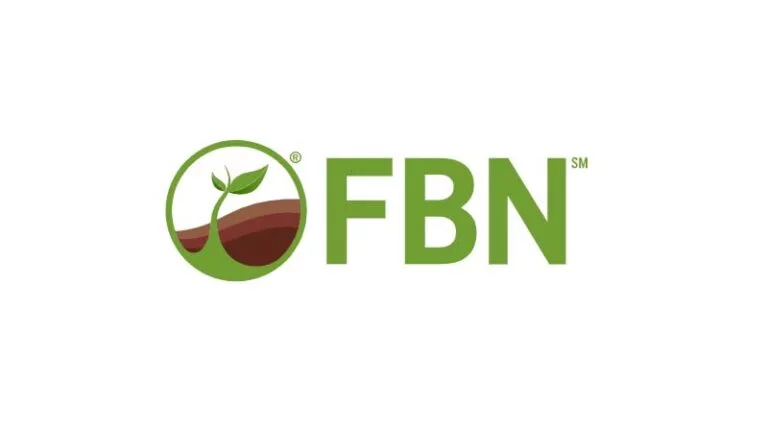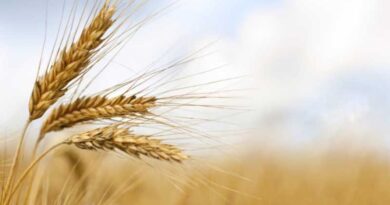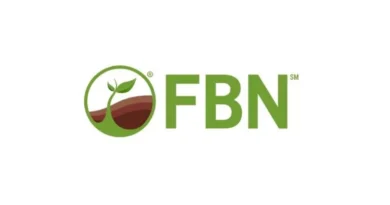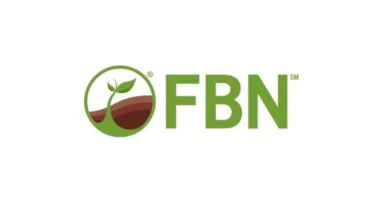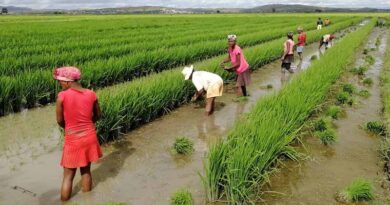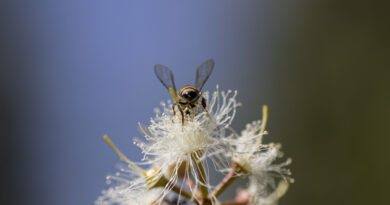How to Manage Wheat Curl Mite
13 October 2023, US: Wheat curl mites (Aceria tosichella Keifer) may be small, but their impact on wheat crops can be devastating.
The microscopic pests feed on the sap of wheat plants, causing curling, stunting and yellowing of leaves. This not only affects the appearance of the crop and compromises the plant’s structural integrity, but it also reduces carbohydrate production, hampering the plant’s ability to effectively photosynthesize. This limits grain production and leads to reduced yields.
Wheat curl mites also act as vectors for the wheat streak mosaic virus, compounding their impact on wheat crops. Effective management strategies like planting resistant wheat varieties, vigilant scouting and timely application of chemical solutions like Willowood Abamectin 0.7SC are crucial to mitigate the damage caused by these mites and prevent the spread of the associated virus.
This guide will outline:
- How to identify wheat curl mite
- Regions typically affected by wheat curl mite
- Timing of potential wheat curl mite infestations
- Chemical products to control wheat curl mite
Identifying Wheat Curl Mite
A keen eye and magnifying lens are necessary to identify wheat curl mite given that the pests are microscopic, measuring only 0.1 to 0.2 millimeters in length. They have distinctive cigar-shaped bodies with two pairs of legs near the head.
While spotting them with the naked eye is challenging due to their translucent nature, the damage they cause to wheat plants is more noticeable. Look for distorted or curled leaves, suffering from what’s known as “wheat curl mite-induced leaf curl,” which become brittle, fragile and susceptible to breakage.
The presence of wheat streak mosaic virus, commonly transmitted by these mites, is another important pest presence indicator.
Regions Affected by Wheat Curl Mite
Wheat curl mite can be found worldwide, but it thrives in regions with dry and warm climates. Notable infestations have been reported in areas like the Great Plains in the United States, Australia and certain parts of Europe.
However, the severity of infestation varies from year to year, influenced by weather conditions and the presence of natural predators. Monitoring weather patterns and natural predator populations is essential for effective management.
Timing of Wheat Curl Mite Infestations
Wheat curl mite infestations are most likely to occur during the early stages of the growing season. These pests overwinter on volunteer wheat or grasses and migrate to newly emerged wheat plants in spring. Early detection and effective management strategies are crucial to prevent rapid spread and minimize damage.
How to Manage Wheat Curl Mite
To manage wheat curl mite, monitor fields closely and implement control measures such as timely insecticide application or the use of resistant wheat varieties. Maintaining good field hygiene practices, like removing volunteer wheat and grasses, also reduces overwintering habitat for the mites.
In more severe infestation situations, several chemical control options may necessary. Insecticides containing active ingredients abamectin, spirotetramat, and chlorpyrifos are commonly used to combat wheat curl mites.
Willowood Abamectin 0.7SC is a broad-spectrum insecticide targeting mites and other pests, while spirotetramat is a systemic insecticide providing long-lasting control. Chlorpyrifos is a contact insecticide that kills mites upon contact.
Applying these chemical products at recommended rates and timings ensures effective targeting of mites while minimizing harm to the crop.
Wheat Curl Mite Crop Protection from FBN Direct®
Proactively scouting for and responding to pest presence in your fields will help reduce potential crop damage and improve yield. FBN Direct has a wide variety of effective insecticides to help address pest pressures and keep your operation on track. With transparent pricing, straightforward online ordering, detailed product labels and fast direct-to-farm delivery, FBN Direct can help you get the products you need to protect your crops.
(For Latest Agriculture News & Updates, follow Krishak Jagat on Google News)

